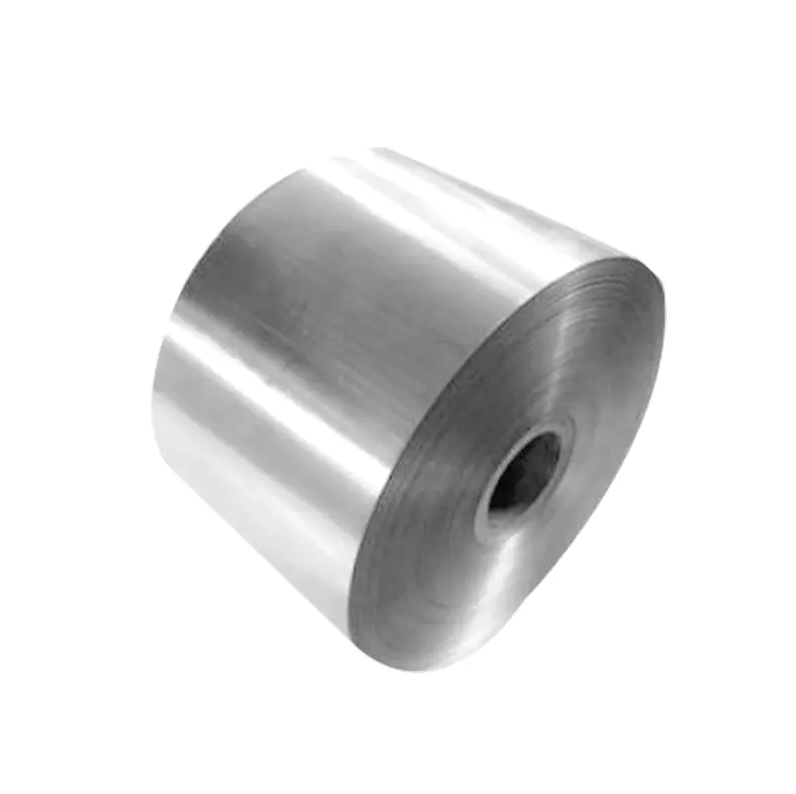In modern kitchens and outdoor barbecues, Aluminum foil (or tin foil) has long been a popular tool among consumers due to its excellent heat resistance, food preservation, and ease of use. Whether used to wrap food for baking, maintain food temperature, or as a grill mat, aluminum foil demonstrates its convenience.
The Scientific Truth About Aluminum Leakage: Not Completely Safe
Extensive international research has been conducted on the phenomenon of aluminum ions leaching from aluminum foil into food. The main conclusion is that under certain specific conditions, aluminum in aluminum foil can indeed migrate into food in the form of aluminum ions. However, this migration does not always occur, and its extent is closely related to the type of food and cooking method.
Risk Warning: Acidic Foods and High Temperatures are the Main Triggering Factors
Studies have shown that the following two situations are the main factors leading to a significant increase in aluminum leaching:
Contact with acidic foods: When foods have a low pH value, i.e., are acidic (such as tomatoes, lemon juice, vinegar, cured meats, etc.), they corrode the surface of the aluminum foil, accelerating the release of aluminum ions. Therefore, extra caution is needed when using aluminum foil to wrap or hold highly acidic foods.
High-Temperature, Prolonged Cooking: At higher temperatures (such as grilling or prolonged baking), the rate of aluminum ion release increases. This is especially true during grilling, when aluminum foil is in direct contact with flames or hot charcoal while wrapping acidic meats; the rate of leaching peaks during this process.
Understanding the Health Risks of Aluminum Ions
While aluminum is an abundant element in the Earth's crust, and humans ingest small amounts through drinking water and natural foods, long-term excessive intake of aluminum ions may be linked to neurological disorders such as Alzheimer's disease (although the association is still under investigation). Therefore, reducing unnecessary aluminum intake is a sensible approach to protect health.
The World Health Organization (WHO) and national food safety agencies have set safe limits for human aluminum intake. With proper use of aluminum foil, most people's intake remains within safe limits.
Professional Advice for Safe Use of Aluminum Foil
To minimize the potential health risks associated with aluminum foil, experts recommend following these guidelines:
Avoid wrapping acidic foods: Avoid using aluminum foil to wrap or cook foods rich in strong acidic seasonings such as lemon juice, vinegar, or ketchup. If necessary, separate the food with parchment paper or lotus leaves.
Safer for short-term use: Aluminum foil is better suited for short-term baking, preservation, or covering, rather than long-term, high-acid cooking.
Use it appropriately for grilling: When grilling, avoid direct contact between aluminum foil and open flames or overheated charcoal. Place a layer of vegetables or parchment paper on top of the aluminum foil to reduce direct contact between the food and aluminum.
Use non-aluminum containers instead: For long-term stewing or handling large quantities of acidic foods, choose stainless steel, glass, or ceramic containers to completely avoid aluminum ion leaching and ensure food safety.
Aluminum foil itself is not a source of harmful substances, but it can release aluminum ions under certain conditions (high acidity, high temperature). Consumers do not need to panic excessively. As long as they follow the above scientific usage recommendations, they can enjoy the convenience brought by aluminum foil while effectively ensuring food safety and their own health.

 English
English Español
Español




